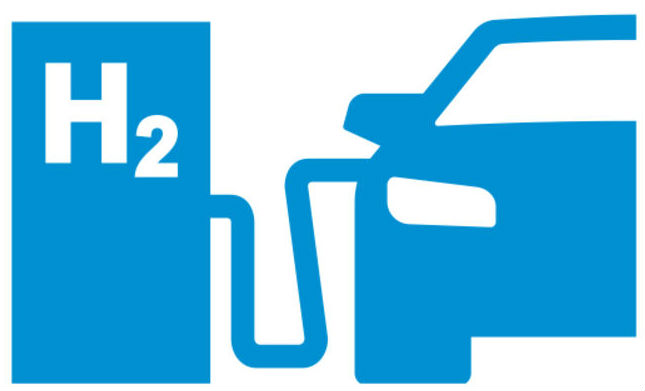
Researchers have cracked the chemical mechanism that will enable development of a new and more efficient photo-chemical process to produce hydrogen fuel from water, according to a new article.
Ben-Gurion University of the Negev (BGU) and the Technion Israel Institute of Technology researchers have cracked the chemical mechanism that will enable development of a new and more efficient photo-chemical process to produce hydrogen fuel from water, according to a new paper published in Nature Communications.
The team is the first to successfully reveal the fundamental chemical reaction present in solar power that could form the missing link to generate the electricity necessary to accomplish this process. It allows the process to unfold naturally instead of relying on large amounts of human-made energy sources or precious metals to catalyze the reaction. Production of hydrogen does not emit greenhouse gases, but the process has until now required more energy than is generated and as a result has limited commercial viability.
"This discovery could have a significant impact on efforts to replace carbon-based fuels with more environmentally friendly hydrogen fuels," according to the team led by BGU researchers Dr. Arik Yochelis and Dr. Iris Visoly-Fisher and Prof. Avner Rothschild of the Technion. "Car manufacturers seek to develop hydrogen-powered vehicles that are considered efficient and environmentally friendly and unlike electric vehicles, allow for fast refueling and extended mileage."
Hydrogen production for fuel requires splitting water molecules (H2O) into two hydrogen atoms and one oxygen atom. The research reveals a breakthrough toward understanding the mechanism that occurs during the photochemical splitting of hydrogen peroxide (H2O2) over iron-oxide photo-electrodes, which involves splitting the photo-oxidation reaction from linear to two sites.
After years of challenging experiments during which Prof. Rothschild's laboratory was unable to overcome the barrier in efficiency, he approached Drs. Yochelis and Visoly-Fisher to collaborate and complete the puzzle.
"Beyond the scientific breakthrough, we have shown that the photo-electrochemical reaction mechanism is related to the family of chemical reactions for which Prof. Gerhard Ertl was awarded the 2007 Nobel Prize in Chemistry," says Dr. Yochelis of the BGU's Alexandre Yersin Department of Solar Energy and Environmental Physics in the Jacob Blaustein Institutes for Desert Research. "Our discovery opens new strategies for photochemical processes."
Source: sciencedaily.com
